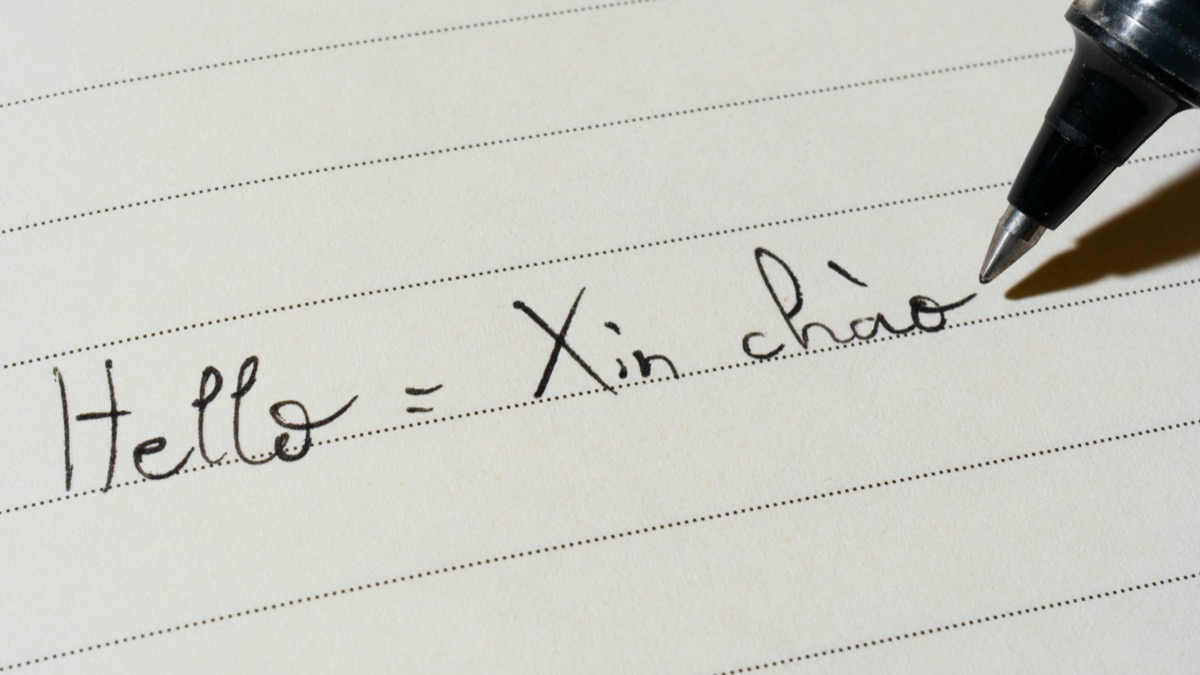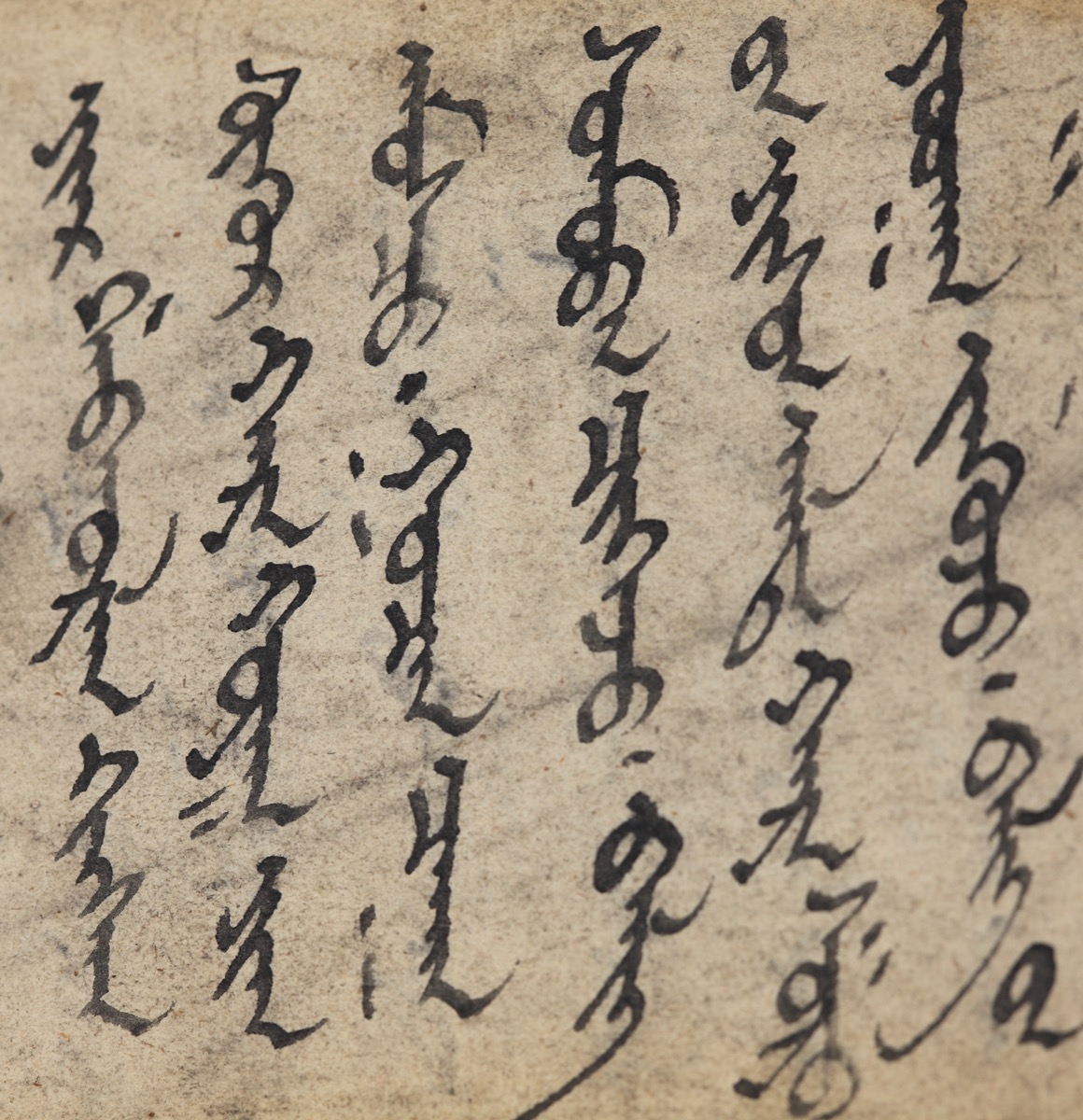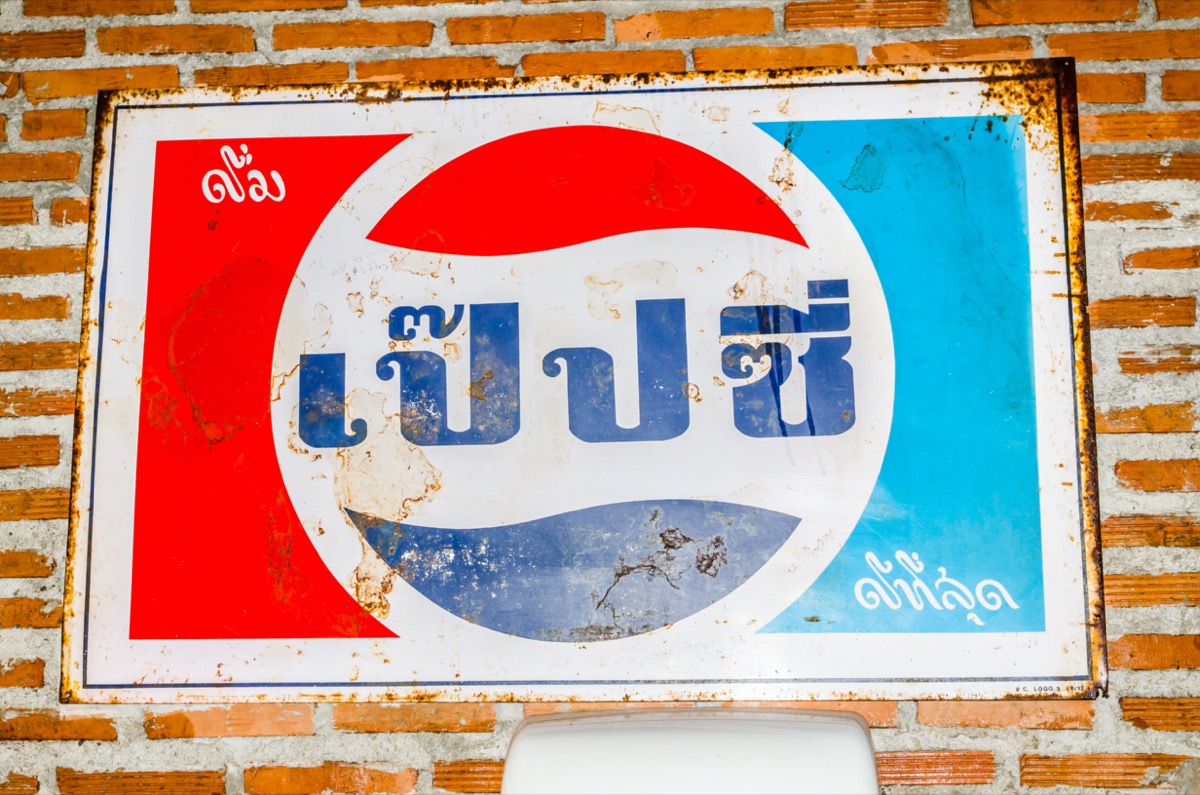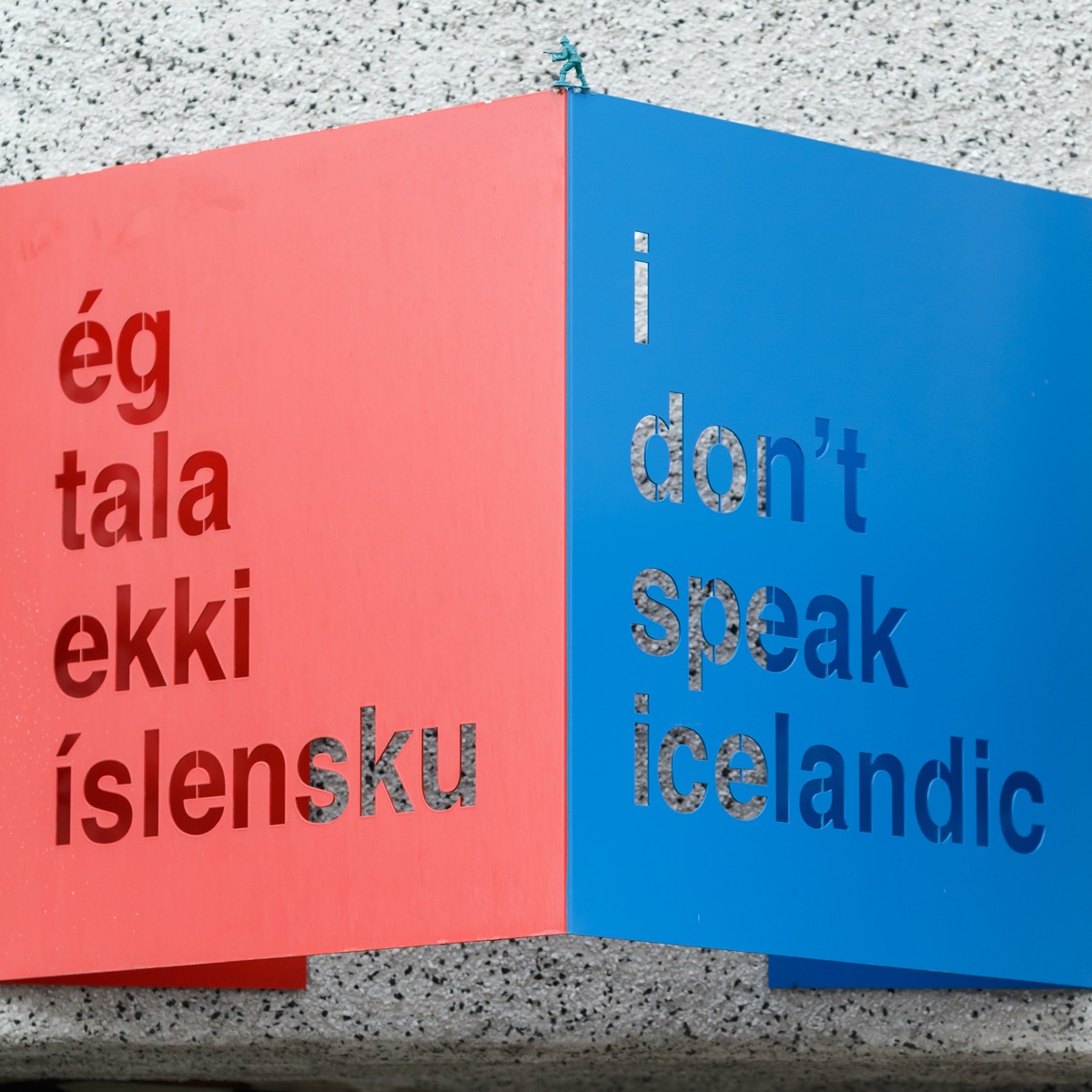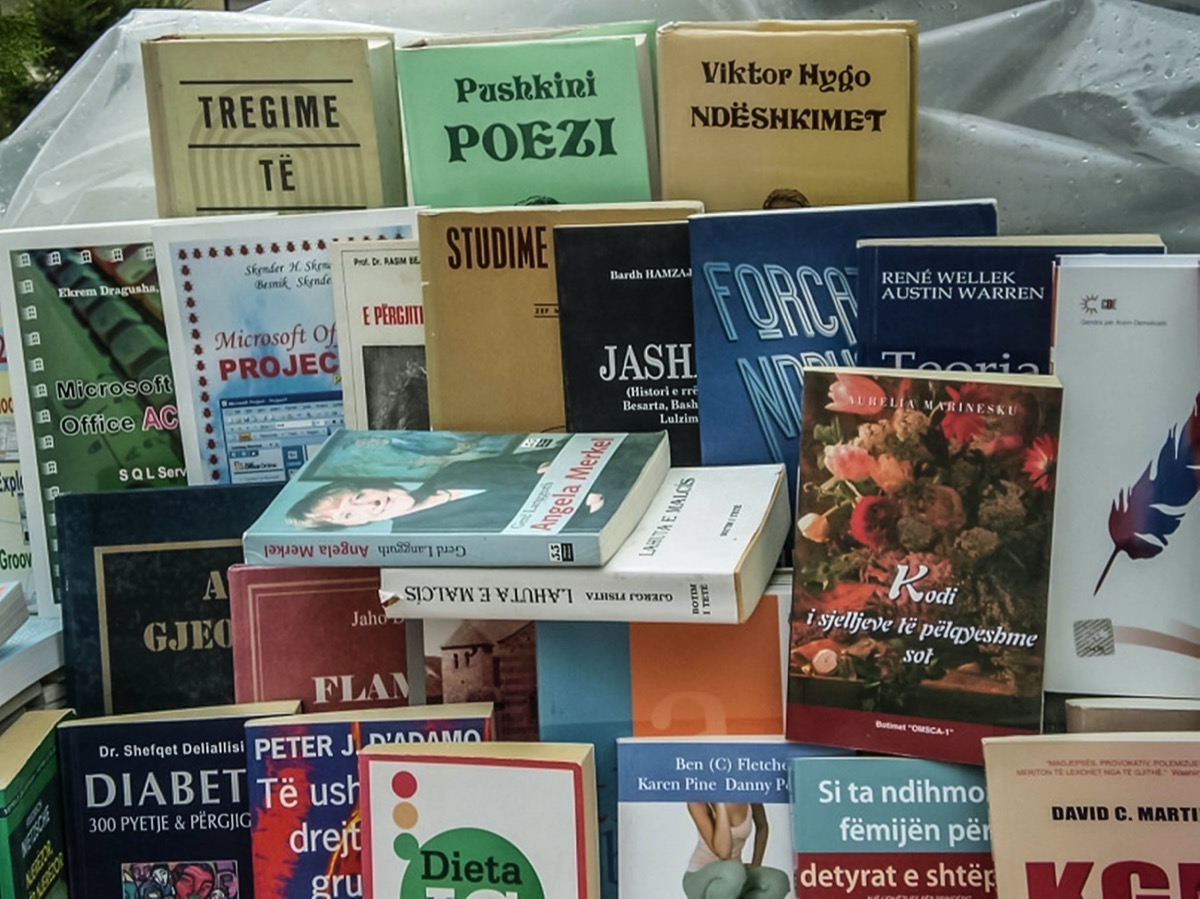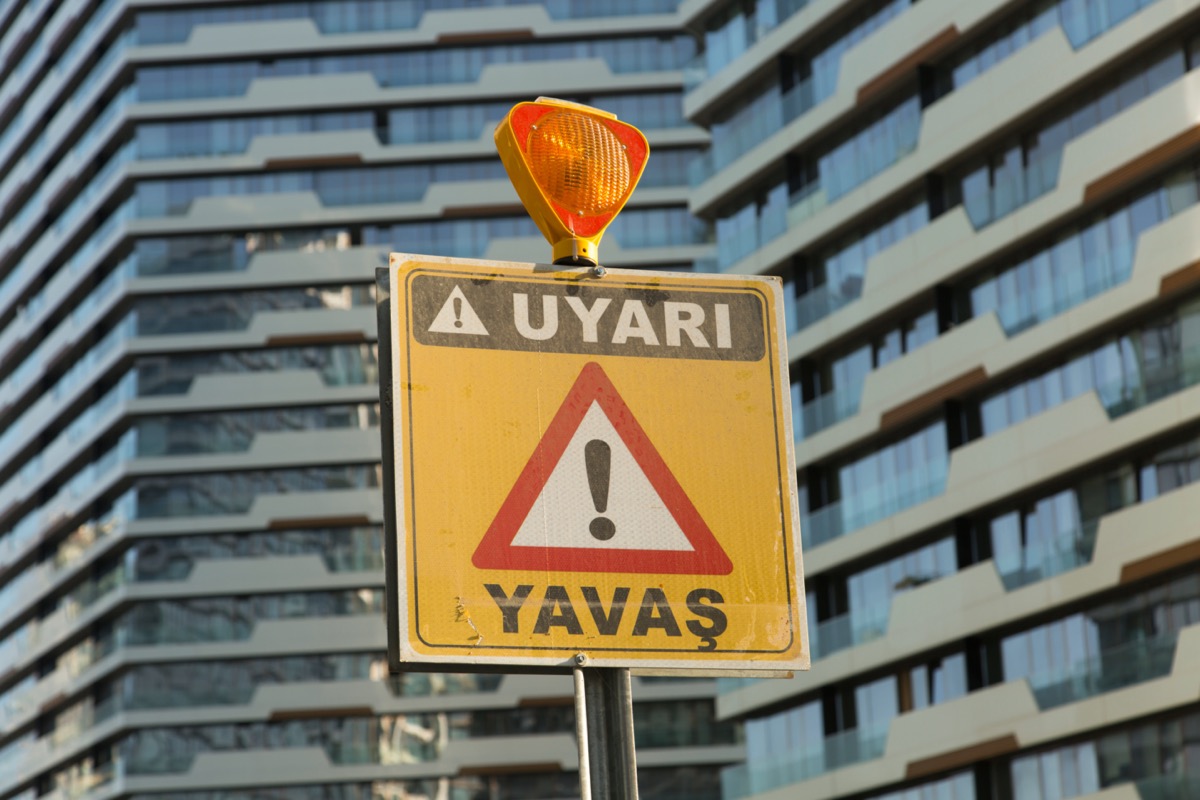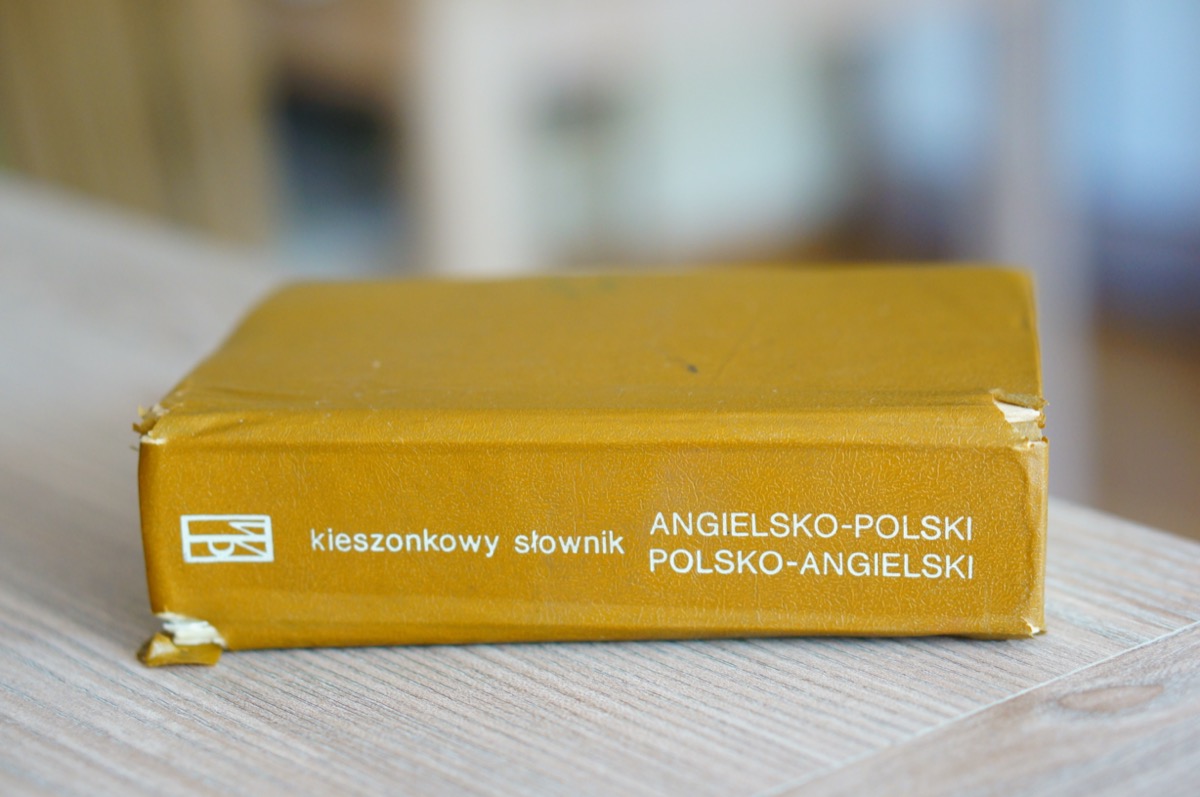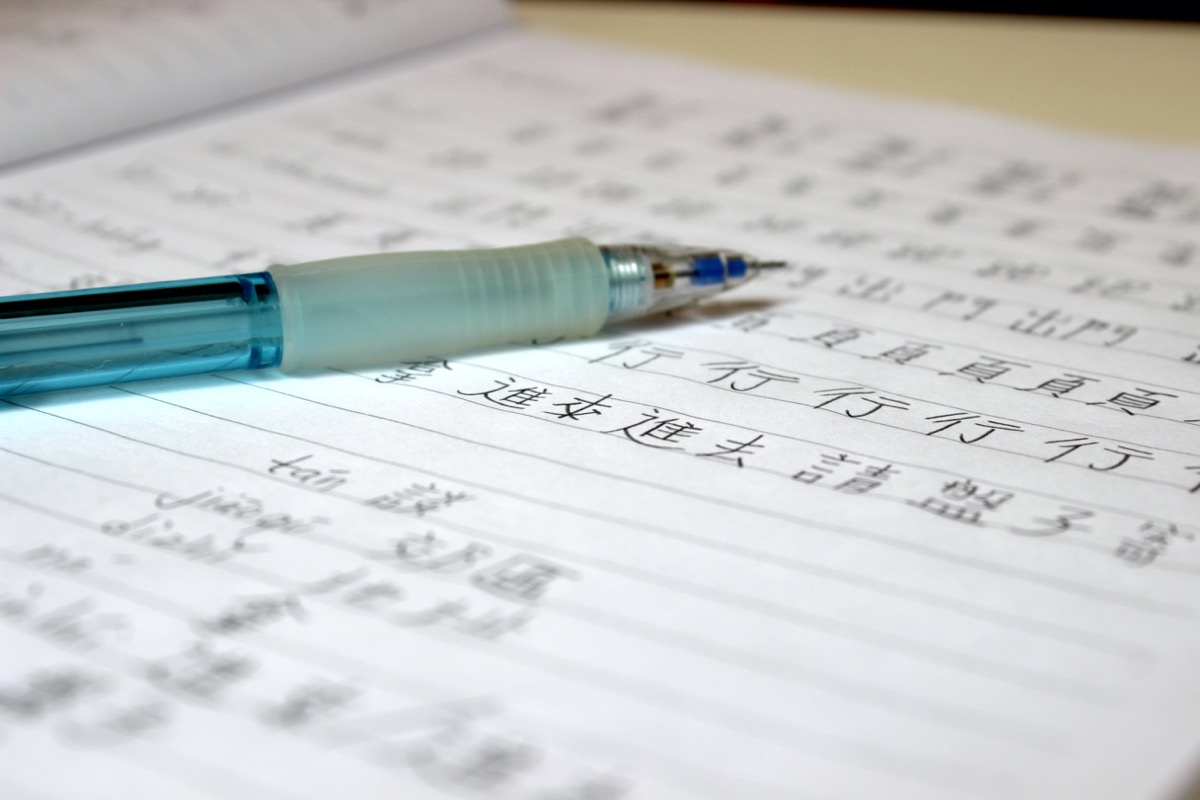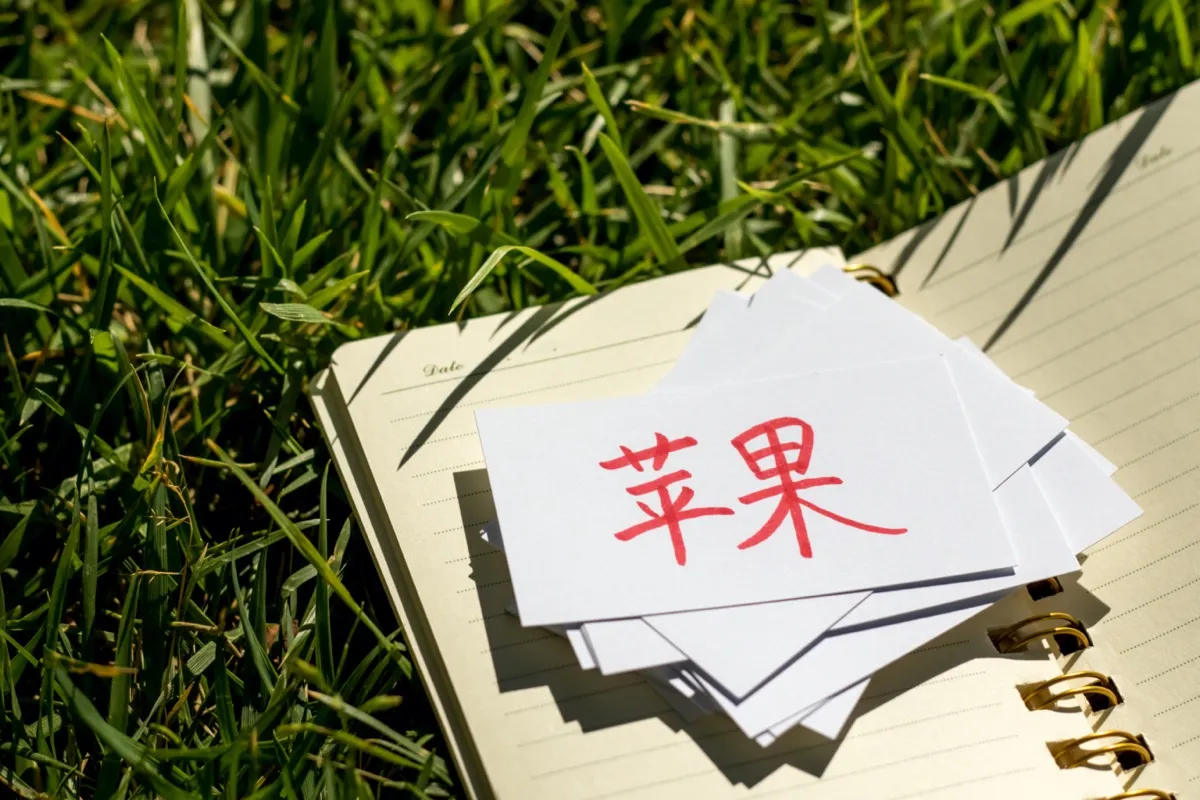To learn Arabic, you have to learn a new alphabet, and get used to reading from right to left. A lot of the sounds in the language are difficult for English speakers to master, and the grammar is packed with irregular verbs. Even if you manage to overcome all of that, it is also a language with many, many dialects that vary widely. So, you might be able to get by in Jordan, but have a hard time in Kuwait. For English terms you need to finally perfect, here are 23 Words You Need to Stop Mispronouncing. Russian is rated a two of three in difficulty by the Foreign Service Institute (FSI), which ranks languages based on how long it would take the average native English speaker to learn it, so it’s not as difficult as some of the other languages on this list. However, there are some definite roadblocks to becoming fluent in Russian, among them being that spelling isn’t always straightforward, it’s full of vowel sounds unfamiliar to the average English speaker, and it requires learning an entirely new alphabet to master. In terms of learning to read, Korean has a relatively straightforward alphabet that doesn’t take too long to learn, unlike the characters used in Chinese and Japanese writing systems, so you can start sounding out words pretty quickly. But being able to speak is a completely different can of worms, thanks to grammar that is totally different from English and pronunciation that is laden with difficult-to-master rules. And for words you should cut out of your vocabulary right this second, check out Stop Using These Phrases to Sound Instantly Smarter. Navajo is hard enough to figure out that code talkers in World War II used the language to develop a code for communicating that the Germans wouldn’t be able to track. Finnish has a reputation for being a tricky language to learn, and with good reason. Nouns have 15 different cases, while in English, they have only three: subjective, objective, possessive. The language is in the Finno-Urgic language family, so it doesn’t have any Latin or German influence to help you guess what something means. The one thing that does make it a little easier is that it is written the way it sounds in the same alphabet as English. In theory, pronunciation is also fairly straightforward, but it can be easy to get hung up on long vowel and consonant sounds. And for some useful wisdom from a “dead” language, here are 40 Latin Phrases So Genius You’ll Sound Like a Master Orator. Unusual grammar, difficult pronunciation, and six different tones make Vietnamese a challenge for English speakers. So, how long does it take to master it? Expect to spend around 1,100 hours in class to attain speaking and reading proficiency, according to the FSI. The trickiest part of Mongolian is the pronunciation. Once you’ve got that down, the grammar is not so hard, as long as you know Finnish. And the alphabet’s a breeze, assuming you can read Russian. If you don’t meet those two criteria, though, it is a very challenging language to master. For English sayings you didn’t realize were offensive, check out 7 Common Phrases That You Didn’t Know Have Racist Origins. Hungarian is a member of the same small language family as Finnish, so the average English speaker won’t be finding much familiarity in its vocabulary. It also has 18 cases and 14 vowels, which makes saying things right particularly difficult. The language also relies more heavily on idioms than other languages, so if you dropped out of the sky with a few select phrases under your belt, you might feel like everyone is speaking in inside jokes or a secret code. It isn’t the grammar that will bog you down when you’re trying to learn Thai, it’s the writing and the pronunciation, which has five different tones and long and short vowel sounds. The alphabet has a staggering 44 consonants and 32 vowels. For more trivia and language facts sent right to your inbox, sign up for our daily newsletter. With four cases and three genders assigned to their words, as well as many letters unfamiliar to English speakers, Icelandic is no walk in the park to learn. Words can also be very long, and deciphering how to pronounce them can defy intuition. It’s frequently listed as one of the more difficult languages to learn for English speakers.ae0fcc31ae342fd3a1346ebb1f342fcb Estonian is packed with a whopping 14 noun cases. In addition to that, consonants and vowels have three distinct lengths: short, long, and overly long. But the fun doesn’t stop there. The grammar is also loaded with exceptions that require a ton of practice. Georgian has its own writing system that no other language uses. And a lot of the letters look surprisingly similar. For example, ვ, კ, პ, ჰ, ყ, ფ, გ, and ც are all different letters that you might have a hard time distinguishing between if you’re new to the game. The pronunciation is also pretty challenging for native English speakers. Declension in Czech is its own special nightmare, but you won’t even need to worry about that until you get past the seemingly insurmountable hurdle that is pronouncing the words correctly. On the one hand, each letter only has one pronunciation ever. On the other hand, Čtvrtek means Thursday, and mastering the way each of those sounds works together is going to take you a while. It’s helpful if you speak another Slavic language, but otherwise, it’s going to be a challenge. Albanian’s 36-letter alphabet should clue you in that attempting to master this language is going to be a wild ride. In addition, the grammar is filled with exceptions to the rule that you’ll have to remember. Turkish is an agglutinative language, which means, in crude terms, that complex words are formed by tacking stuff on without changing the previous stuff at all. It is pretty foreign to English speakers, but if you speak Japanese, Korean, or Finnish (which are all also on this list), you won’t have such a hard time grasping it. Compared to the Finno-Ugric languages on the list (Finnish, Hungarian, Estonian), the seven cases you have to contend with in Polish don’t seem too intimidating. The pronunciation is what will get you. There are a lot of sounds that simply aren’t present in the English language and require a lot of practice to master. The most obvious impediment to learning Greek is the alphabet. The grammar can also be a little tricky, with some unusual conjugations, lots of rules, and gendered nouns. And pronunciation requires some practice because there are sounds that don’t have an equivalent in English. There’s a reason “it’s Greek to me” is a common idiom for expressing confusion, after all. Mandarin is one of the few languages ranked as the most difficult to learn for English speakers by the Foreign Service Institute. The alphabet is made of very elaborate characters; the language is tonal; there are lots of idioms, and the ability to speak the language doesn’t help you read it. Knowing how to read it doesn’t even particularly help learn how to write it. It’s not for the faint of heart. The first obstacle to learning Japanese is the writing system, which will provide you no clues unless you also speak Chinese. The grammar seems like it’s very simple, but Japanese also uses particles, which are markers for parts of speech that do not have an English equivalent. The tones in Mandarin make it a challenge for English speakers, but Cantonese has twice as many tones as Mandarin—eight in total. Because of its pictorial writing system, you aren’t going to be able to learn to read phonetically. In addition, because Mandarin is the simplified version of Cantonese and is widely used across mainland China, there simply aren’t as many resources for learning Cantonese.





